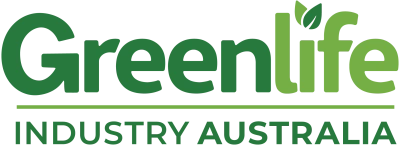Sector resilience and capacity

Why this project matters
It’s easy to forget what goes on behind the scenes – but this project quietly laid the groundwork for a stronger, more secure nursery industry.
The NY15002 project tackled the invisible risk of pests and pathogens moving through nursery stock, by developing a smarter, risk-based approach to traceability. The result? A practical, science-backed system that helps growers protect their business, access more markets and prove their biosecurity credentials.
Funded by your levy, this project delivered:
- a national pilot testing traceability at 10 production nurseries
- real-world modelling of pest movement risks
- practical recommendations for improving plant movement records
- tools to future-proof your nursery against compliance and incursion risks.
In short: better records, less risk and stronger trust – from propogation to planting.
What was it all about?
This investment, which ran from 2016 to 2020, enhanced the biosecurity preparedness of the Australian nursery industry by developing a range of resources to assist the Australian production nursery industry bolster their biosecurity efforts. Biosecurity capacity was improved by creating and updating pest-specific contingency plans, as well as conducting a biosecurity simulation which highlighted areas for further research.
Key project activities included…
Production of content for the industry’s Pest Identification Tool (pestid.com.au)
The industry’s pest identification tool (pestid.com.au), an online photo database of pest and disease symptoms, was updated throughout the life of this project.
Delivery of biosecurity-focused webinars
A total of 28 workshops (attended by 615 participants) and 14 webinars (attended by 263 and viewed online 9,400 times) were completed covering various aspects of pest and disease management.
Grower feedback from the workshops and webinars was positive, with benefits from implementing recommendations such as increased crop monitoring, reduced weed populations, informed pesticide selection, and general plant health improvements.
Updating grower resources
Resources were developed specifically for use by growers, including 22 factsheets, 9 pest management plans and 5 nursery papers. These are available using the links below.
Running diagnostics
More than 2,300 samples were received by the diagnostic service Grow Help Australia (GHA) from production nurseries across Australia. High use of the diagnostic service indicated that the recommendations were relevant, resulting in reductions in pest / disease incidence, improved crop health and lowered management costs.
Biosecurity simulation
The biosecurity simulation Exercise Fastidious was successful. Representatives from the government, research organisations and the plant health and nursery industry participated, considering a scenario for if Xylella fastidiosa were detected in Australia.
The simulation results identified areas for further research and resulted in additional funded projects. There were also flow on effects to other aspects of biosecurity policy, including an increased understanding of how the Emergency Plant Pest Response Deed would function in relation to pathogen and vector complexes.
The work undertaken in this project has led to the development of a subsequent levy-funded project Resourcing, supporting, and assessing biosecurity in nursery production (NY20000). This project will provide greater support to production nurseries wanting to access diagnostic services. It will also assess the impact of nursery hygiene practices on pest and disease incidence post-sale and post-planting.
Read the report
Download